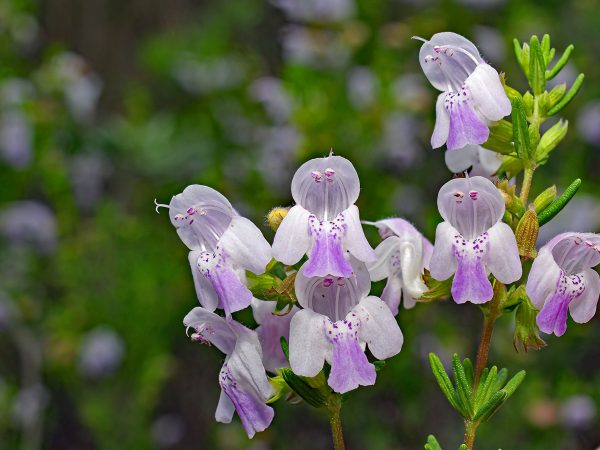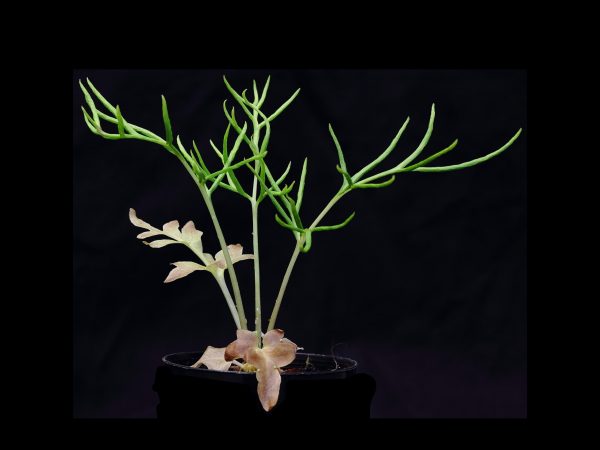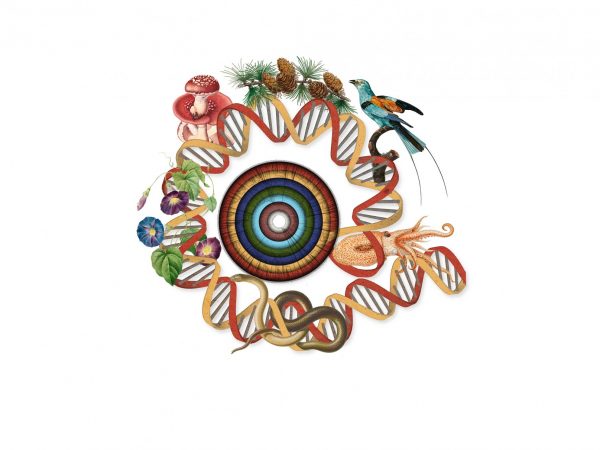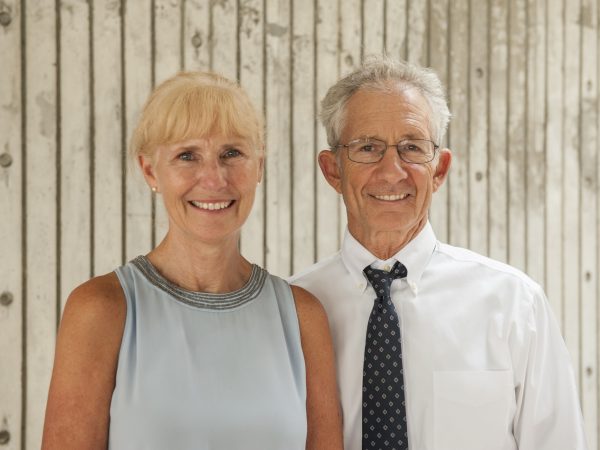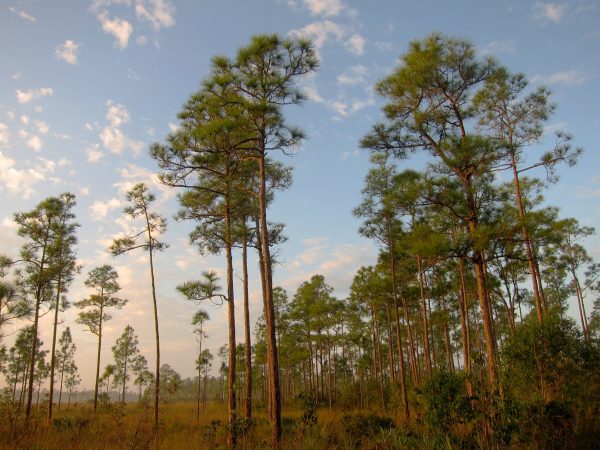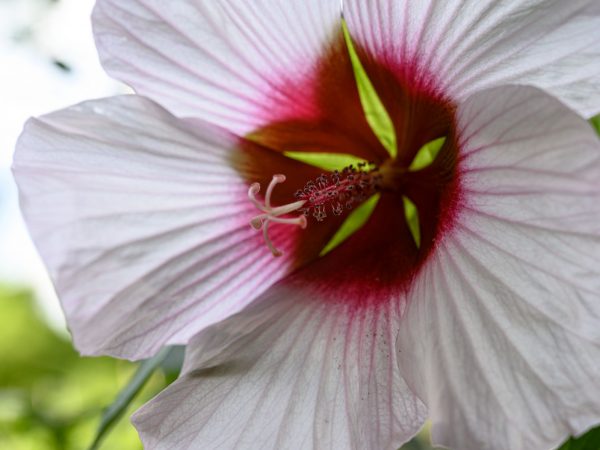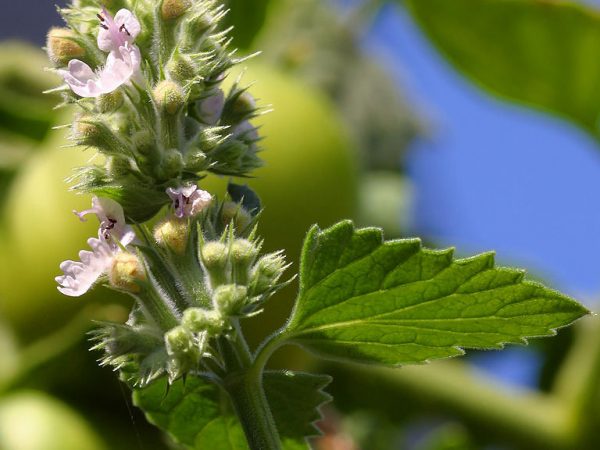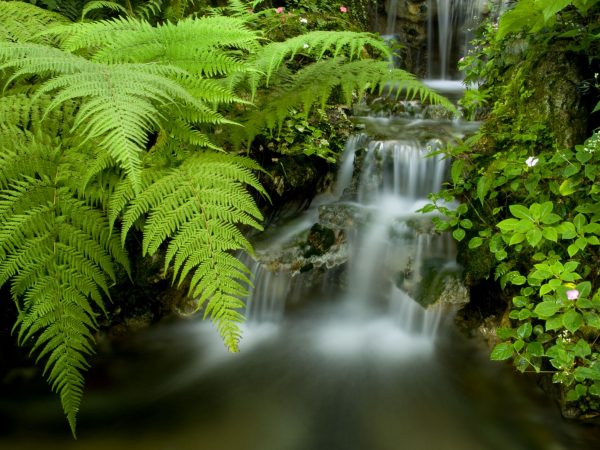Florida mints radiated as peninsula sank and resurfaced during ice ages
During the ice ages of the Pleistocene, the Florida peninsula regularly expanded to twice its current size as glaciers grew…
Read More
Ferns finally get a genome, revealing a history of DNA hoarding and kleptomania
Ferns are notorious for containing massive amounts of DNA and an excessively large number of chromosomes. Defying all expectations, a…
Read More
Earth BioGenome Project enters new phase
The Earth BioGenome Project (EBP), a global effort to map the genomes of all 1.8 million known species of plants,…
Read More
Doug and Pam Soltis in top 1% of most highly cited scientists
Doug and Pam Soltis of the Florida Museum of Natural History were recognized last month as being in the top…
Read More
DNA duplication linked to the origin and evolution of pine trees and their relatives
Plants are DNA hoarders. Adhering to the maxim of never throwing anything out that might be useful later, they often…
Read More
Plant study challenges tropics’ reputation as site of modern evolutionary innovation
In a surprise twist, a major group of flowering plants is evolving twice as quickly in temperate zones as the…
Read More
Remembering Naziha Mestaoui, renowned artist, museum collaborator
Globally acclaimed artist and beloved Florida Museum of Natural History collaborator Naziha Mestaoui passed away on April 29. She was…
Read More
Catnip’s chemical attractant is new twist on old family tradition
Catnip is most famous for its ability to launch felines into a euphoric frenzy, but the origin of its cat-attracting…
Read More
Two Florida Museum scientists elected 2019 AAAS fellows
The Florida Museum of Natural History’s Lawrence Page and Douglas Soltis have been named 2019 fellows of the American Association…
Read More
Scientists sequence 1,100 plants, illuminating 1 billion years of evolution
Plants are evolutionary champions, dominating Earth’s ecosystems for more than a billion years and making the planet habitable for countless…
Read More
